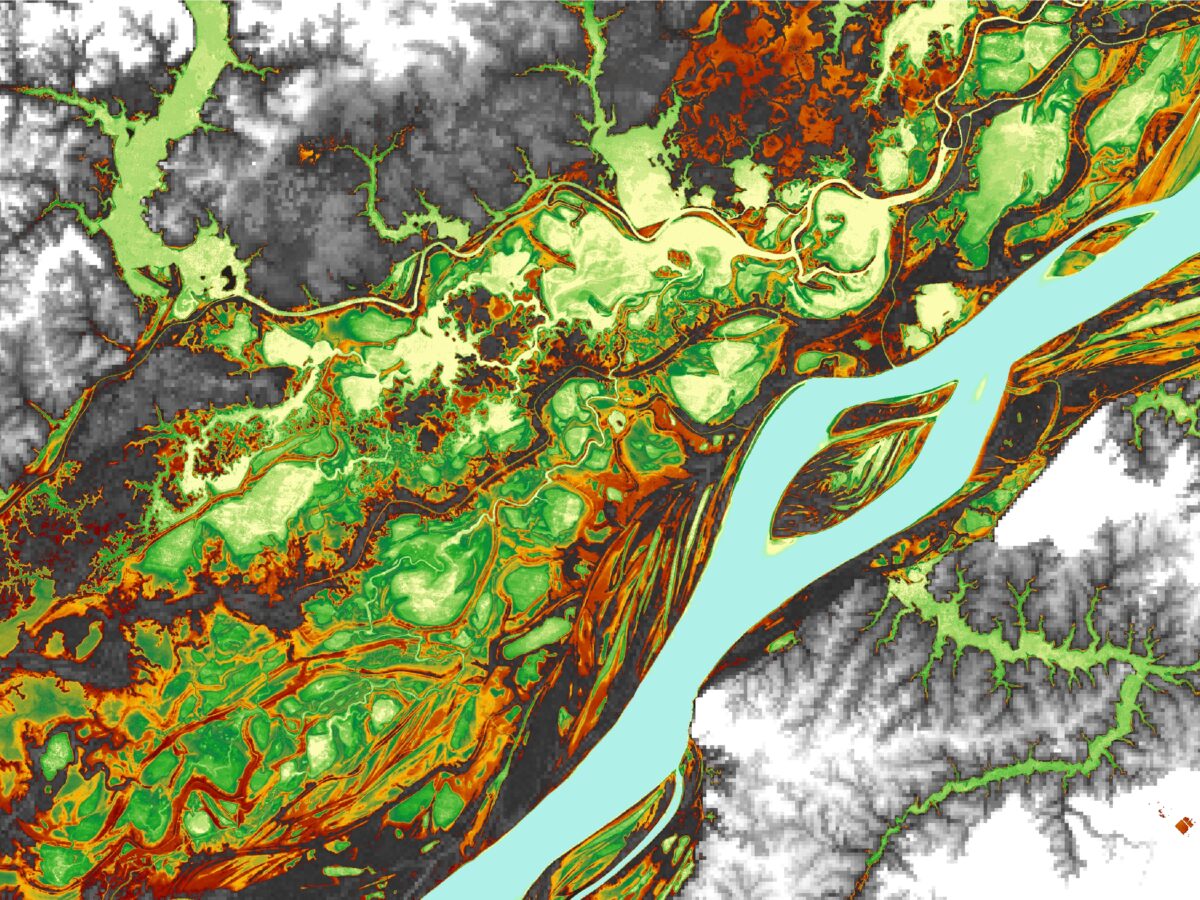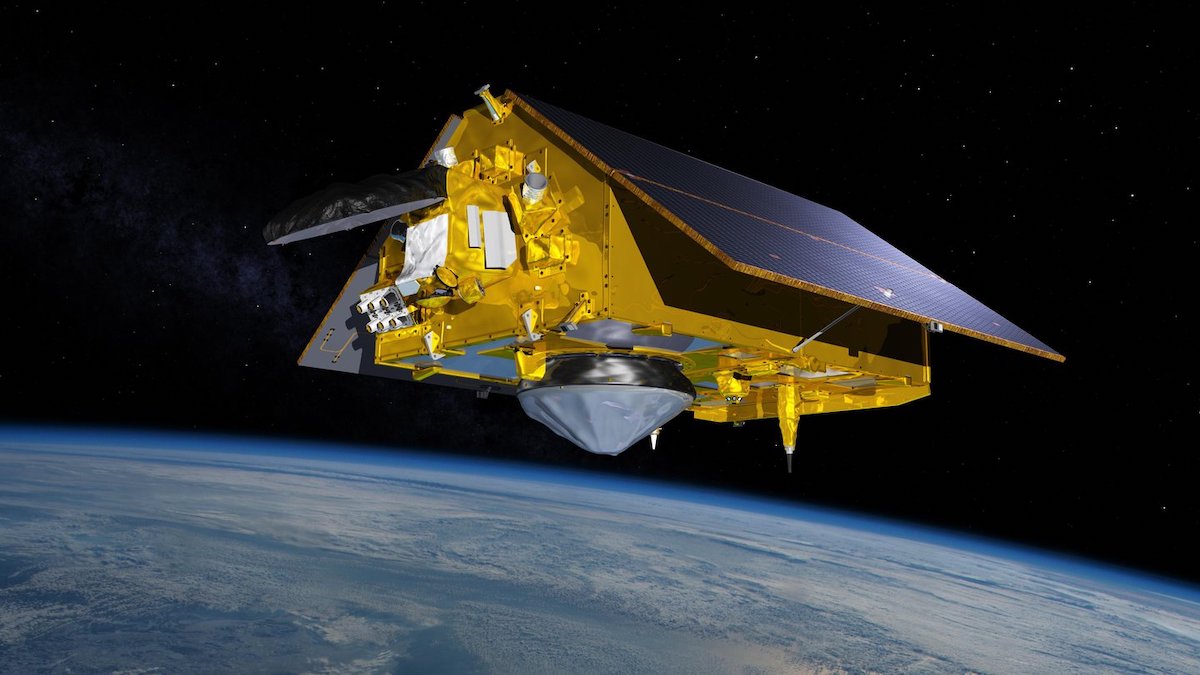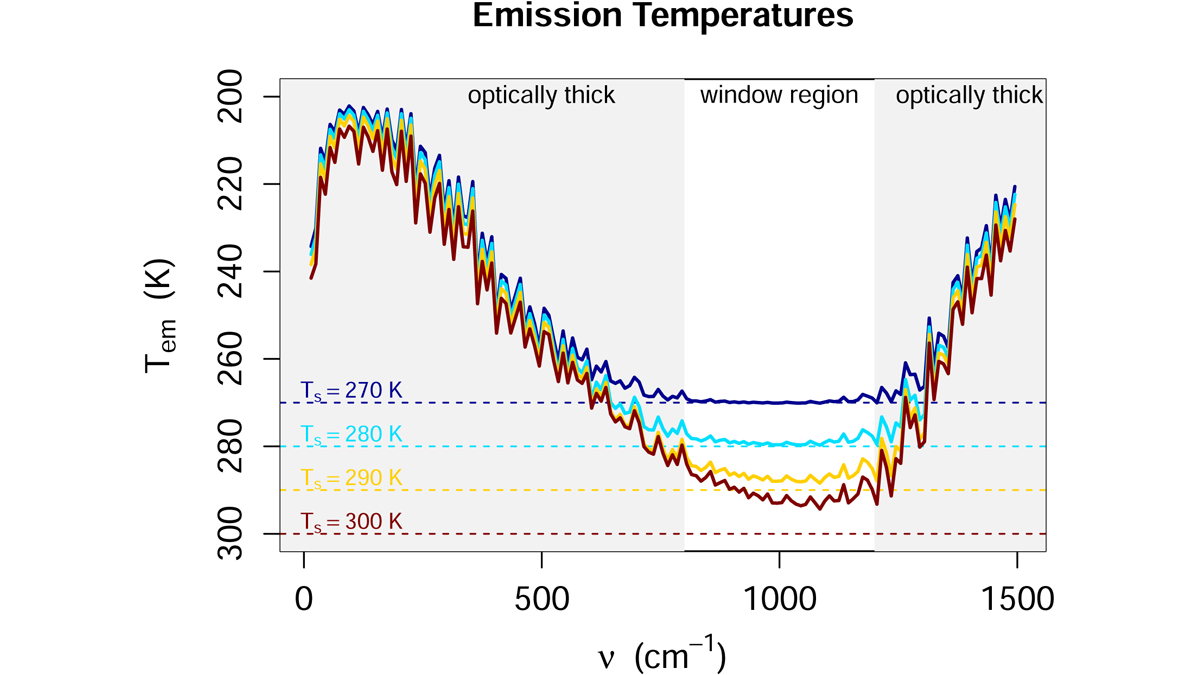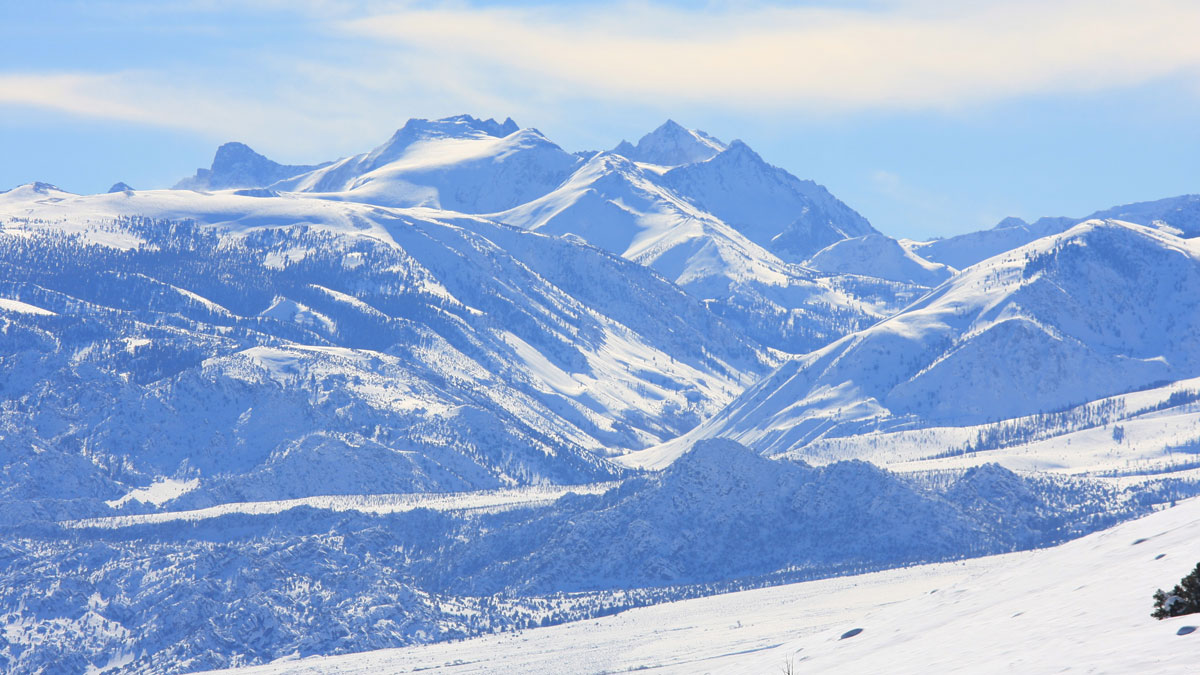Satellite data combined with in-situ observations on terrestrial water storage change and human water consumption provides a more accurate picture of runoff dynamics at sub-basin scale.
water cycle
Why is Permafrost Groundwater Surfacing?
Hydrogeological properties of degrading permafrost come to fruition with a new 3-D modeling study that highlights the increasing role of groundwater in the water cycle of high-latitude areas.
Clay Type, Not Just Content, Crucial for Fault Zone Permeability
Faults containing clays are often considered as barriers to fluid flow but new work shows that fault processes leading to the formation of clays can increase permeability relative to the host rock.
Amazon Water Cycle Observed from Space
Satellite observations offer invaluable insights into hydrological processes and environmental change in the Amazon.
The Perspective from Space Unlocks the Amazon Water Cycle
Satellite imaging and remote sensing offer unique insights into the Amazon’s complex hydrology. A new review summarizes decades of findings and charts a path forward for new remote sensing missions.
Plant Root Exudates Mediate Soil Nutrient Transport
Plant roots mediate solute transport through the soil immediately surrounding them by introducing polymers and other binding compounds that disrupt water transport pathways between soil pore spaces.
Transforming Hydrology by Integrating Sensors and Disciplines
Satellite sensing has transformed hydrology by providing global information on variables and fluxes. Breakthroughs will come from integrating sensing information and cross-disciplinary approaches.
Simpson’s Law Role and Water Vapor Feedbacks
The choice of a fixed relative humidity leads to a simpler picture of climate feedbacks than fixing absolute humidity.
Thirsty Plants Pull Water from Bedrock
Shrubs and trees across the United States routinely sip water stored in bedrock, a discovery that has implications for the terrestrial water cycle.
Shifts in Weather Patterns Vary by Region
Decisions about water use will have to reflect changing trends in the local hydroclimate.

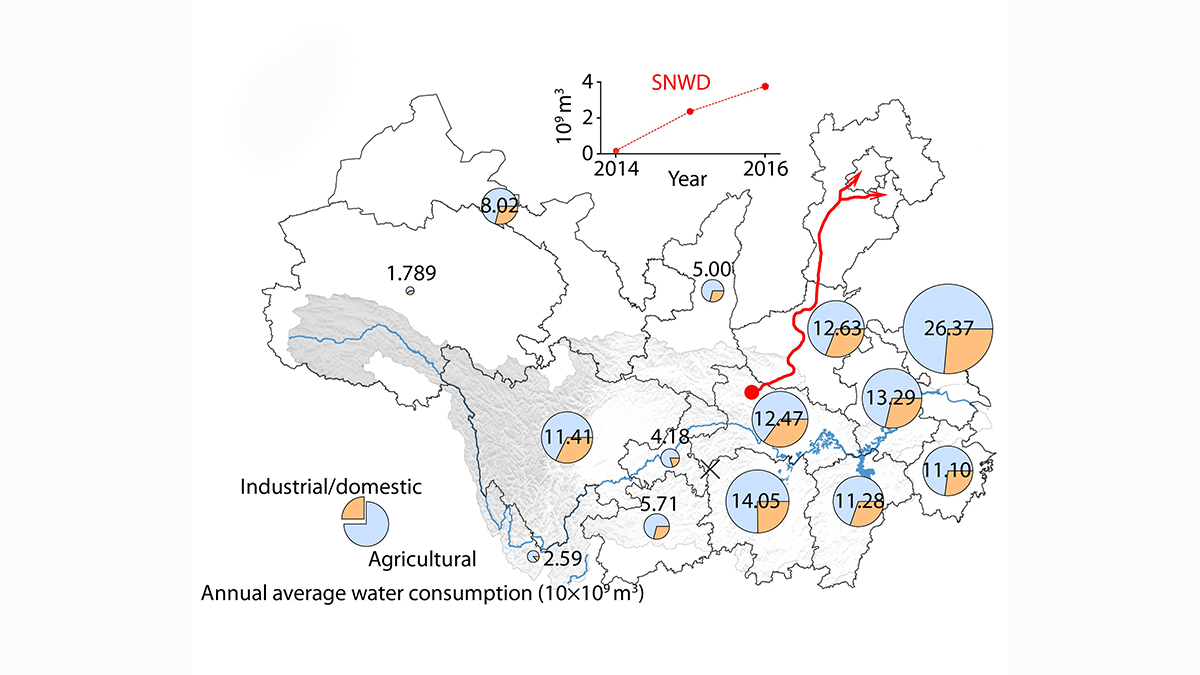
![A 3-D image of the study area of Liu et al. [2022] in Kuuguluk River at Salluit, Nunavik (Quebec), Canada. The image shows the locations of A-A’ and B-B’ and lines C1-5.](https://eos.org/wp-content/uploads/2022/04/2021WR031630-Figure-4.png)

